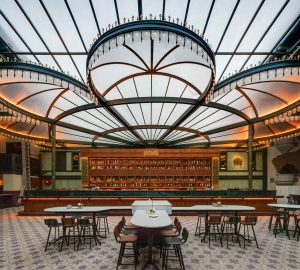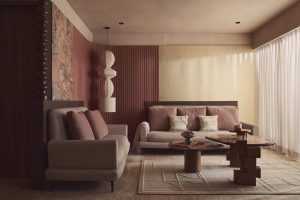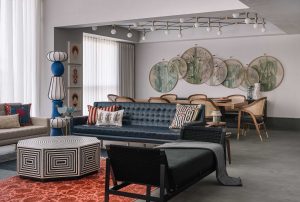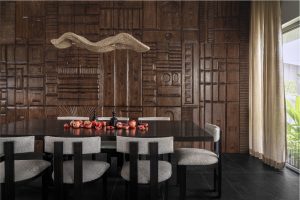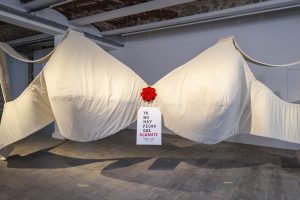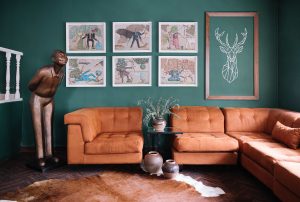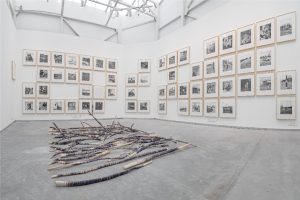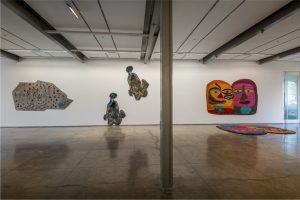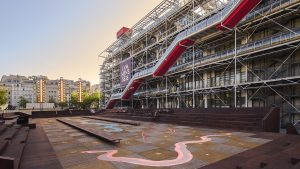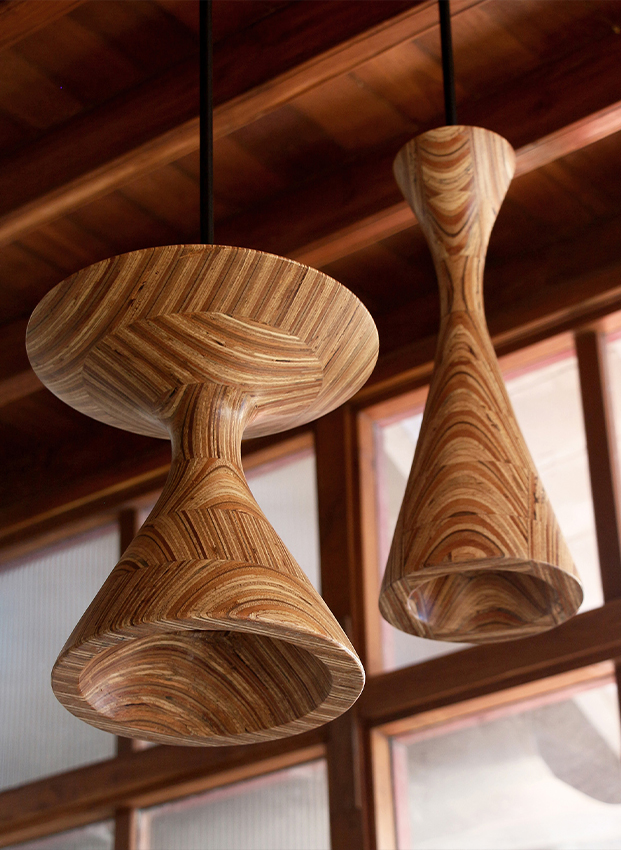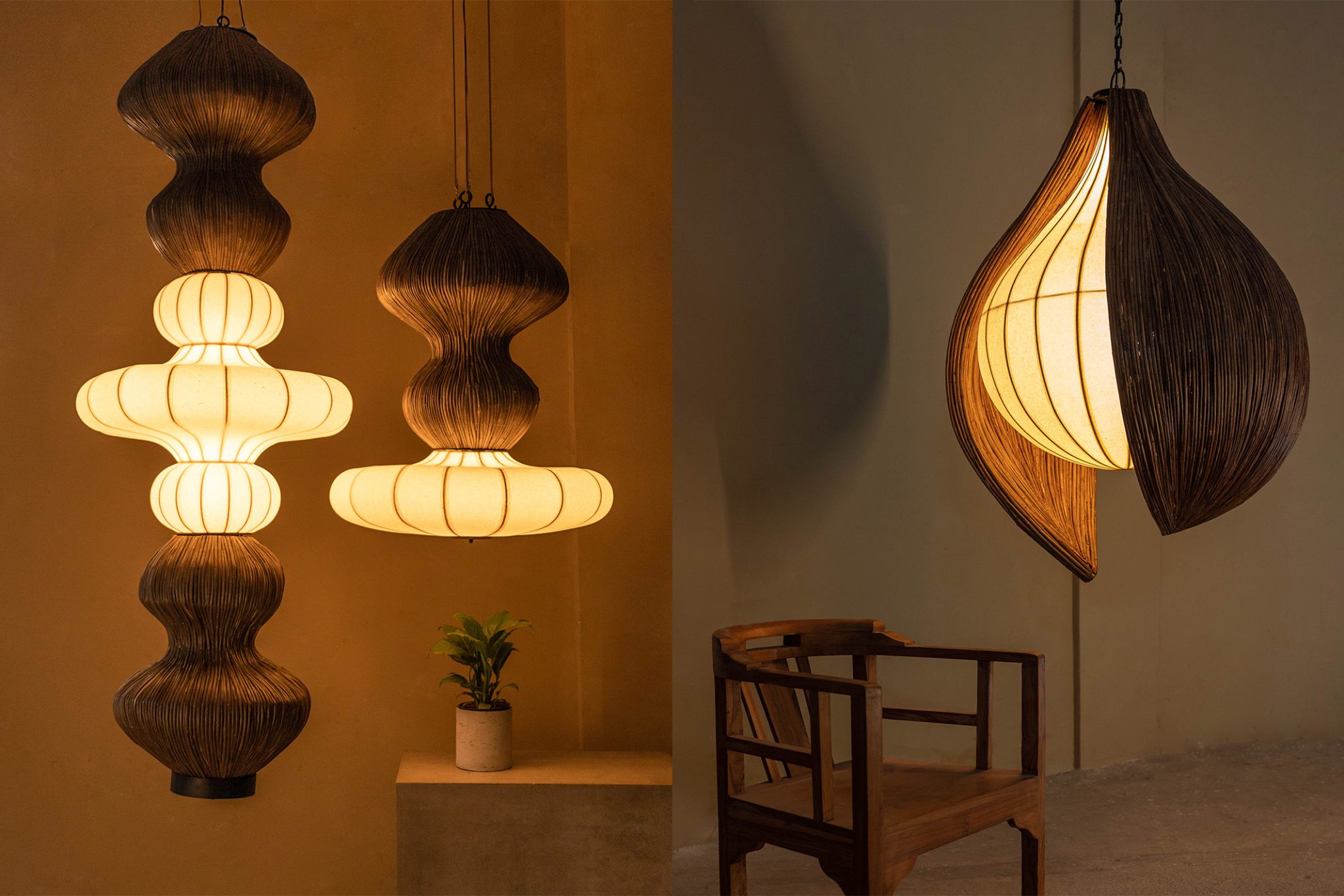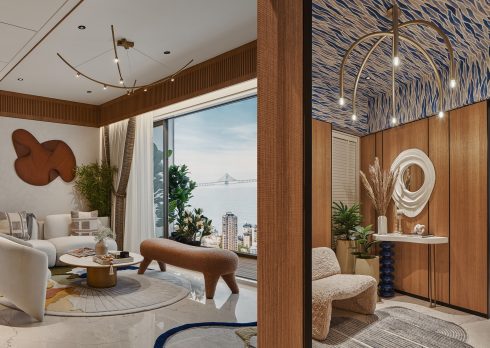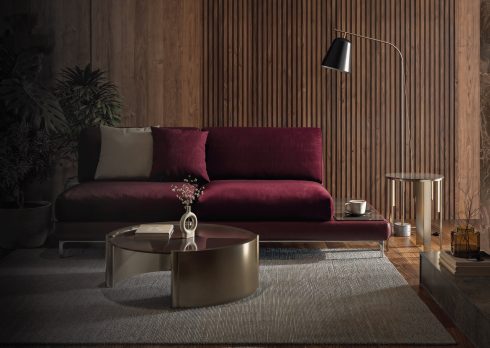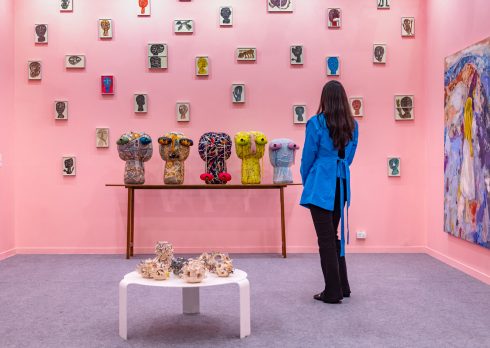Sourcing Secrets With Interior Stylist Mita Mehta: How Travel, Craft, And Curated Style Shape Spaces
In this edition of Sourcing Secrets, we enter Interior Stylist Mita Mehta’s realm, where travel tales, vintage treasures, and whimsical objets become her alchemy for crafting unconventional spaces.
- 26 Aug '25
- 6:42 pm by Simran Almeida
Sourcing Secrets – a series in which Design Pataki brings you insider tips on shopping for décor and art while uncovering fascinating finds from across the globe.
Styled spaces, akin to well-chosen outfits, possess the transformative power to enhance even the most prosaic of settings into ethereal realms. It is in this spirit of spatial metamorphosis that Hyderabad-based former interior designer turned stylist Mita Mehta shapes her practice. Over three decades in the industry, Mehta’s design lexicon has been meticulously honed through far-flung sojourns, insatiable cultural curiosity, and a profound awareness of the symbiotic dialogue between people and the spaces they inhabit.
With a portfolio spanning opulent residences, heritage farmhouses, and retail spaces, she continues to expand her global footprint while anchoring her work in intention and the rich tapestry of Indian heritage. Whether it is a jewel-toned wall, a convergence of textures, or a curated vignette, every choice in Mehta’s work serves a larger narrative, seamlessly fusing personality, purpose, and aesthetic harmony. In conversation with DP, Mehta reflects on how travel enriches her work, the allure of sourcing idiosyncratic treasures, and why she regards styling as equally an exercise in emotional resonance and visual harmony.
Design Pataki: Which five studios or ateliers across India do you consider exquisite for discovering rare and exceptional design treasures?
Mita Mehta: North Indian craftsmanship encompasses diverse aesthetics; Delhi in particular has some exceptional artisanal studios. For instance, Viya Homes blends Indo‑European aesthetics in its artisanal furniture. K2 India has bespoke furniture with minimalist silhouettes and a touch of modern Indian craftsmanship, while The Garden Room is perfect for luxury outdoor seating and accessories. In Jaipur, Anantaya is fantastic for Rajasthani heritage finds, and andblack Designs in Ahmedabad is my go-to for product and furniture design.
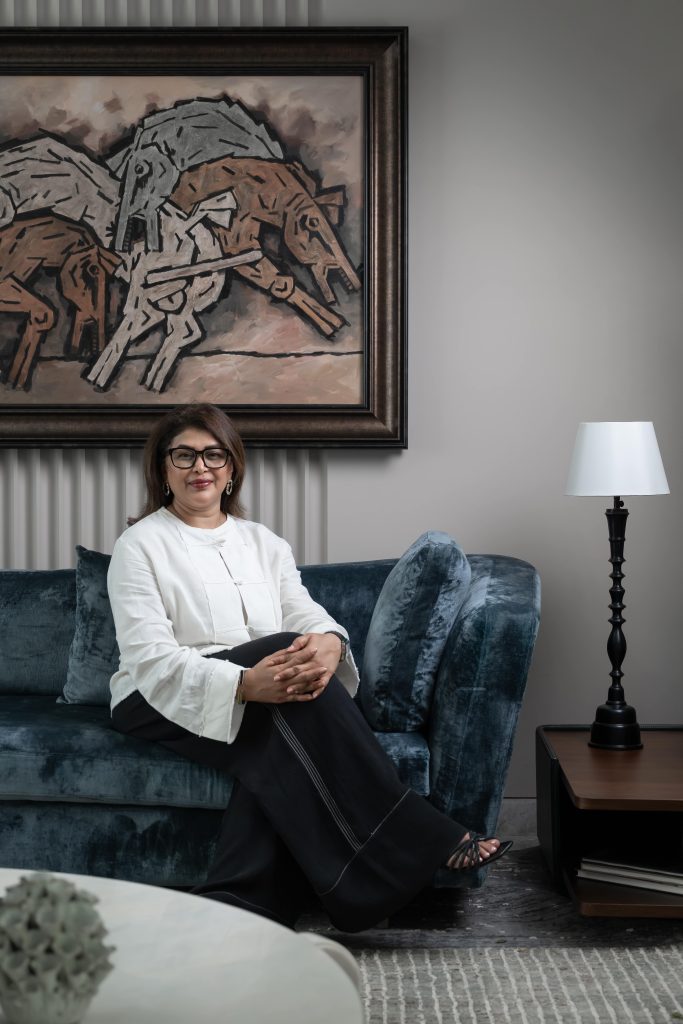
Design Pataki: Reflecting on your experience, how does the curation of décor differ between private residences and commercial projects? Could you provide examples of each?
Mita Mehta: For a private residence, it’s deeply personal, where each object tells the client’s story. In a recent luxury home, I paired Raza and M.F. Hussain originals with antique Pichwai and Samarkand textiles to reflect the homeowner’s heritage and travels.
Alternatively, in a commercial project, the focus is on brand narrative and broader allure. For an outdoor‑furniture showroom, I created distinct vignettes—dining, lounging, and reading nooks—that showcase products in lifestyle contexts, inviting every visitor to immerse themselves in the curated nooks.
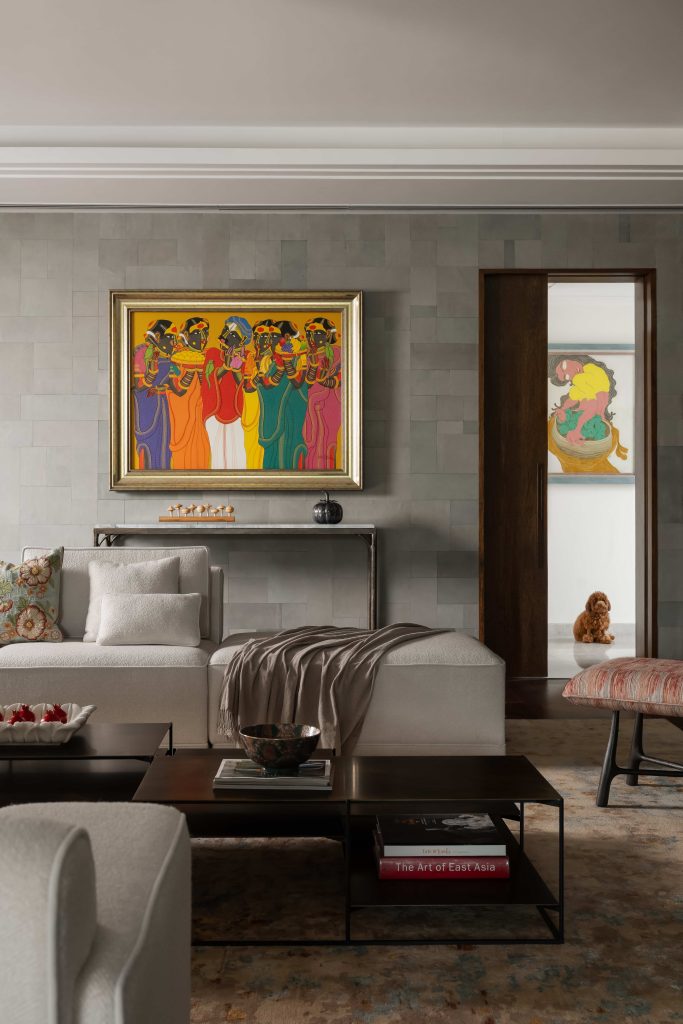
Design Pataki: Tell us about a piece of artwork you sourced recently that has a fascinating story behind it.
Mita Mehta: In Bangkok’s Chatuchak Market, my client and I discovered a vibrant portrait of an African-American woman in a green dress with a pop of red. Its bold colours and unconventional subject matter resonated with the tropical‑colonial bar I had designed, establishing it as the space’s spirited focal point.
Design Pataki: Could you elaborate on how you infuse your distinctive design language into an ultra-luxury residence?
Mita Mehta: I champion ‘quiet luxury,’ where refined minimalism is punctuated by vintage character. In the 18,000 sq. ft. Hyderabad residence, I juxtaposed smooth marble walls and bespoke millwork with patinated brass accents and curated antiques, then wove in plush layered silks and handcrafted objets to ensure every space felt both grand and intimately personal.
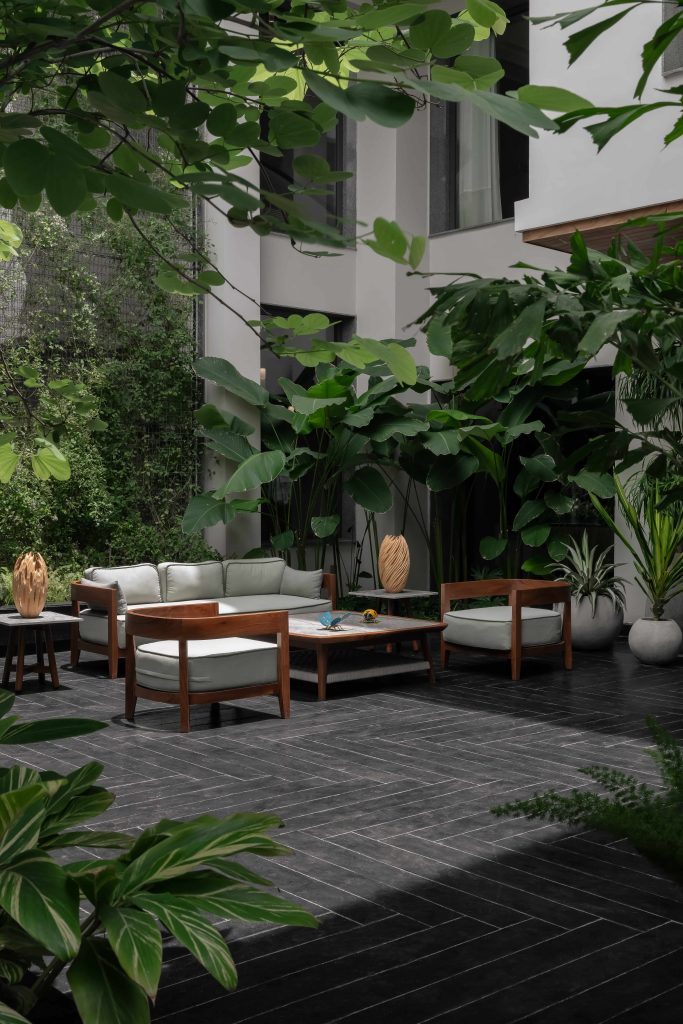
Design Pataki: From your perspective, which styling accessory instantly elevates a neutral-toned living space?
Mita Mehta: A single, statement art piece can elevate a neutral-toned living space. Whether it is a large-scale painting, a ceramic sculpture or a hand‑woven tapestry, it instantly punctuates a neutral palette and commands attention while elegantly guiding the eye.
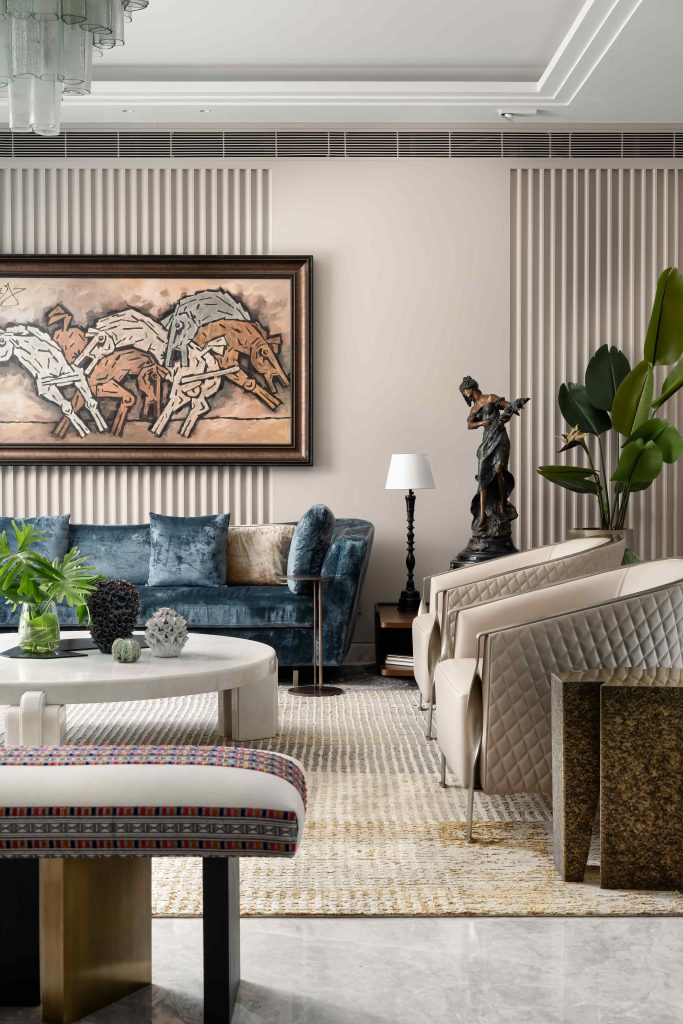
Design Pataki: Could you share some insights on seamlessly incorporating traditional crafts into contemporary homes?
Mita Mehta: One way is to pair an antique Pichwai or Kashmiri carpet with sleek contemporary furniture for vibrant contrast.
To introduce rich colour and artisanal texture, layer Good Earth cushions or Sarita Handa throws.
For a truly bespoke touch, commission a local metalworker or weaver to create bespoke lighting fixtures or wall hangings that echo your home’s architecture.
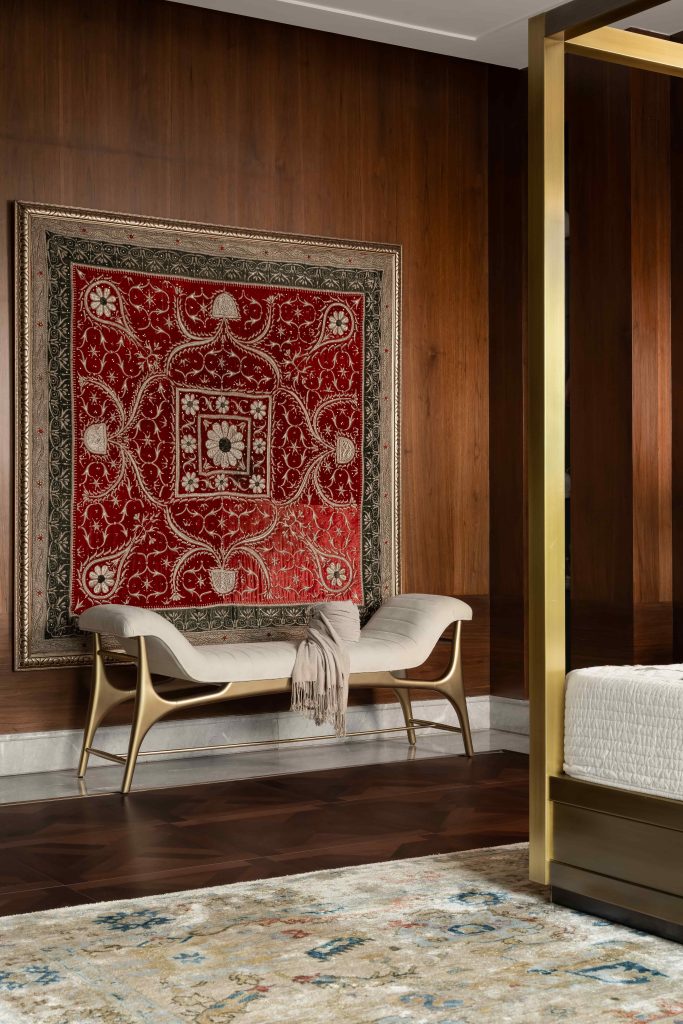
Design Pataki: In your view, which Hyderabad-based product designers or local artisans are most deserving of broader recognition?
Mita Mehta: Some Hyderabad-based product designers making remarkable contributions include Rajesh Goenka of Madera Studio, known for sculptural wooden furniture crafted from reclaimed timber. Shireen Merchant’s Claymore Ceramics crafts textured, hand-thrown ceramic vessels in minimalist forms, while Farah Jafri of Bloom Glassworks specialises in organic, hand-blown glass lighting and décor. While the Bidriware Collective in Old City, where the Iqbal family revives Hyderabadi metal-inlay traditions, and Lynk Studio, celebrated for intricate laser-cut screens and bespoke installations, exemplify Hyderabad’s artisanal excellence.

